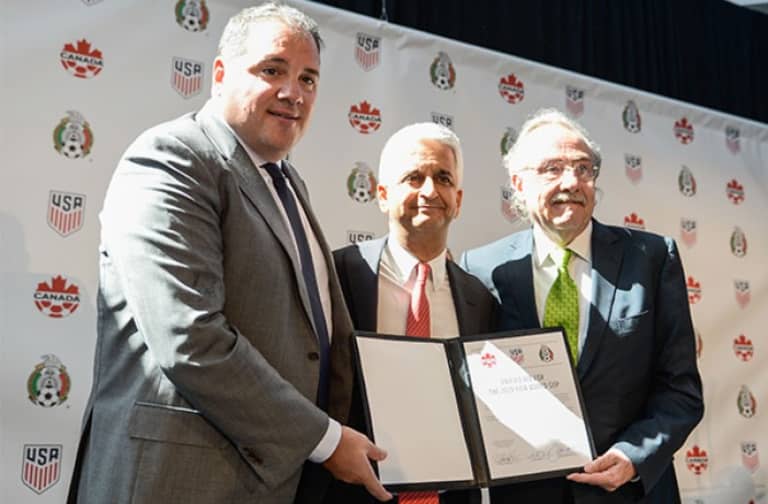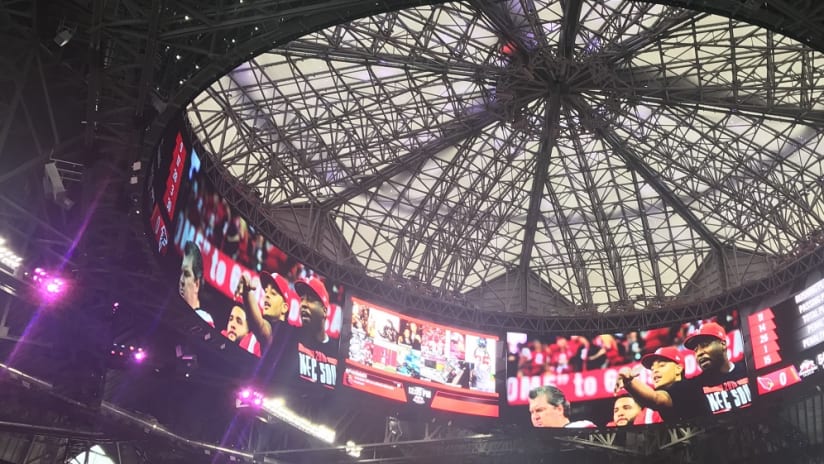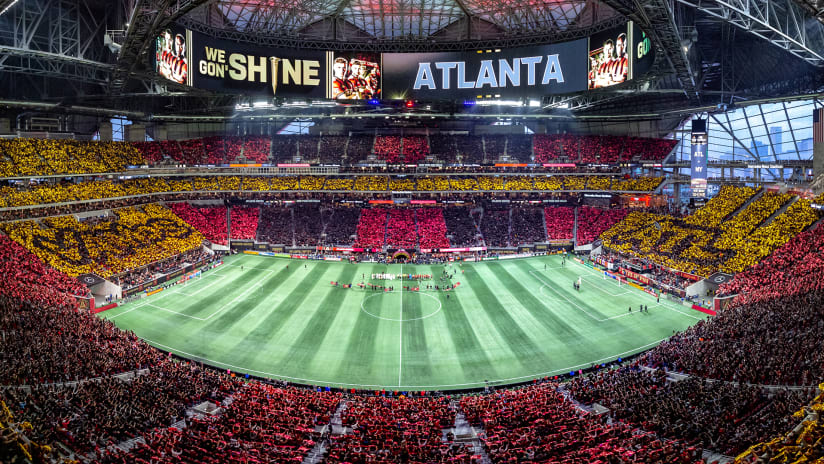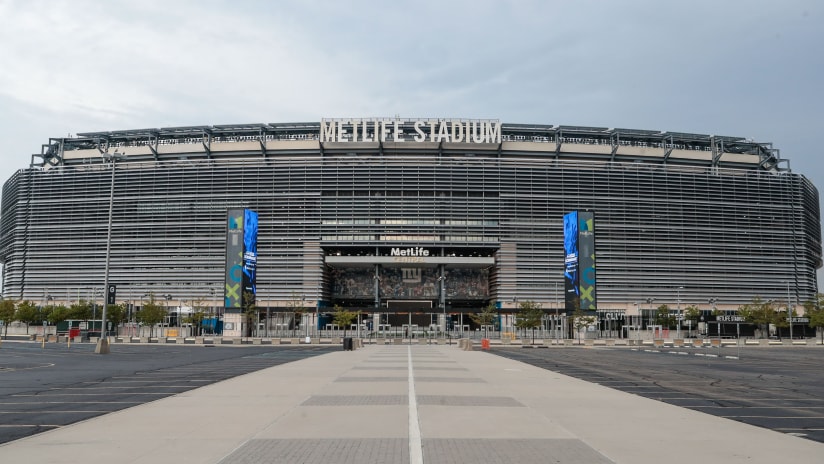Sharing is caring.
Thirty-two markets across the United States, Canada, and Mexico remain in the running to be selected as host venues for the United Bid Committee’s joint bid for the 2026 World Cup. That figure will likely have to be reduced in half at some point in the future if the proposal is successful, but the United Bid Committee is hoping to include as many cities as possible in the final plans.
“We are working on the basis of a World Cup that would be played in somewhere between 12 and 16 venues,” said United Bid Committee executive director John Kristick in a conference call on Tuesday. “As to how that math plays out, that will be discussed and determined down the road. Certainly a factor that you have to look at in terms of each venue is, there’s a different component of cost, but equally we believe across these three countries we can put together a fantastic set of venues.
“We’d love to see a higher number of venues as opposed to a smaller number of venues, to spread the wealth as far as we can. But that will be something that, at the right time, we’ll sit down with FIFA and go through the process to determine that.”

One key factor: stadiums’ proximity to one another. The 2026 World Cup will be the first to consist of 48 teams, but limiting travel times and costs is still important. So, too, is having a large geographic footprint that encompasses all three nations.
“Ensuring that we make it as easy as we can on players, as easy as we can on fans is something that’ll be taken into consideration,” said Kristick before providing an example. “Certainly when you look at the northeast of America and you see the number of cities there, that’s something that’d be considered. That being said, because it is such a large region across North America, we want to have the ability to spread the venues across a wide group if possible.”
Another angle that will be considered is whether stadiums have natural grass playing surfaces. Some of the venues in the running, including Atlanta United’s Mercedes-Benz Stadium, do not. That, however, does not mean that they cannot be selected when the details are finalized in the final bid that is due to FIFA in March.
“Clearly, we’ve got some of the more modern stadiums in the world and advanced systems across all our facilities,” said Kristick. “Covered stadiums create more challenges if the roofs are not retractable, just from the standpoint of the requirement to have natural grass that not only is able to be installed in the facility, but be able to be maintained at a standard that can withstand the amount of play that you’re going to have during a World Cup competition.
“But certainly, if the roof is retractable, that issue is far less of one to worry about.”














